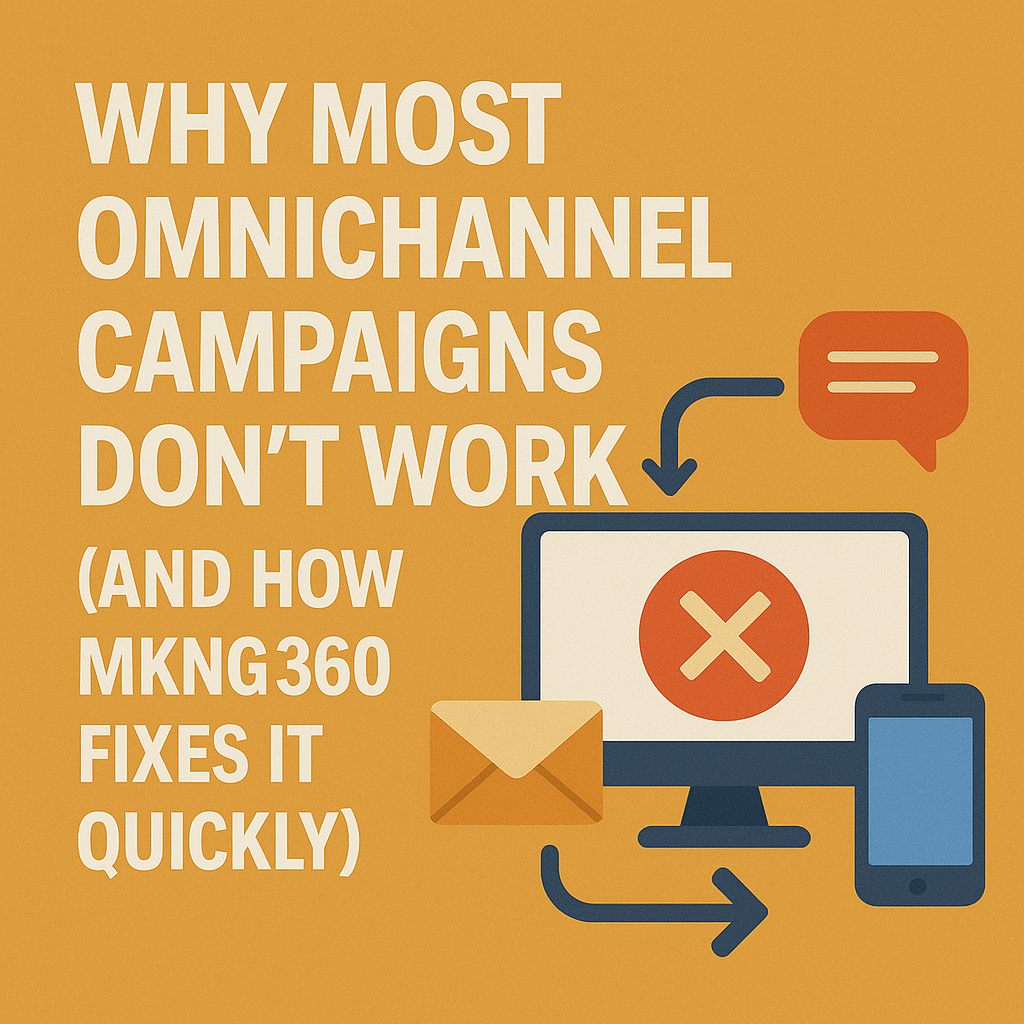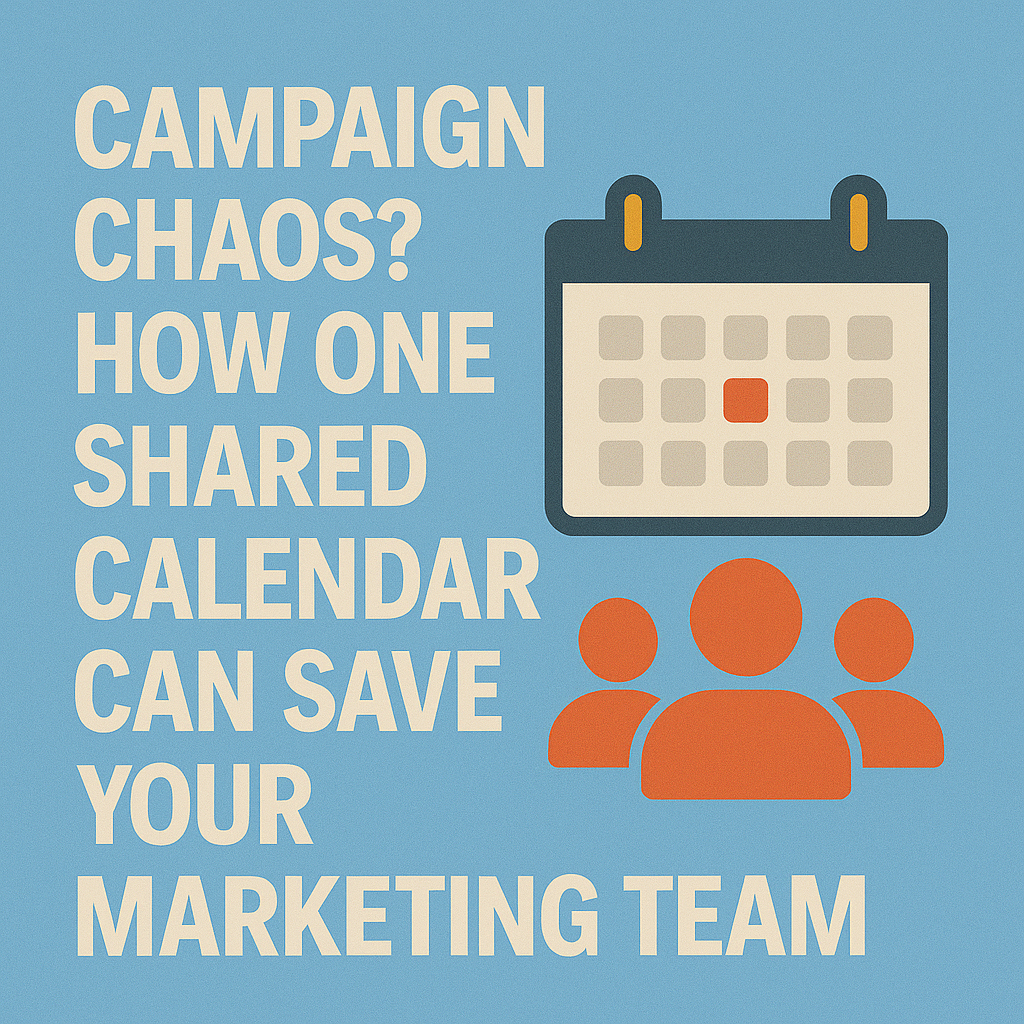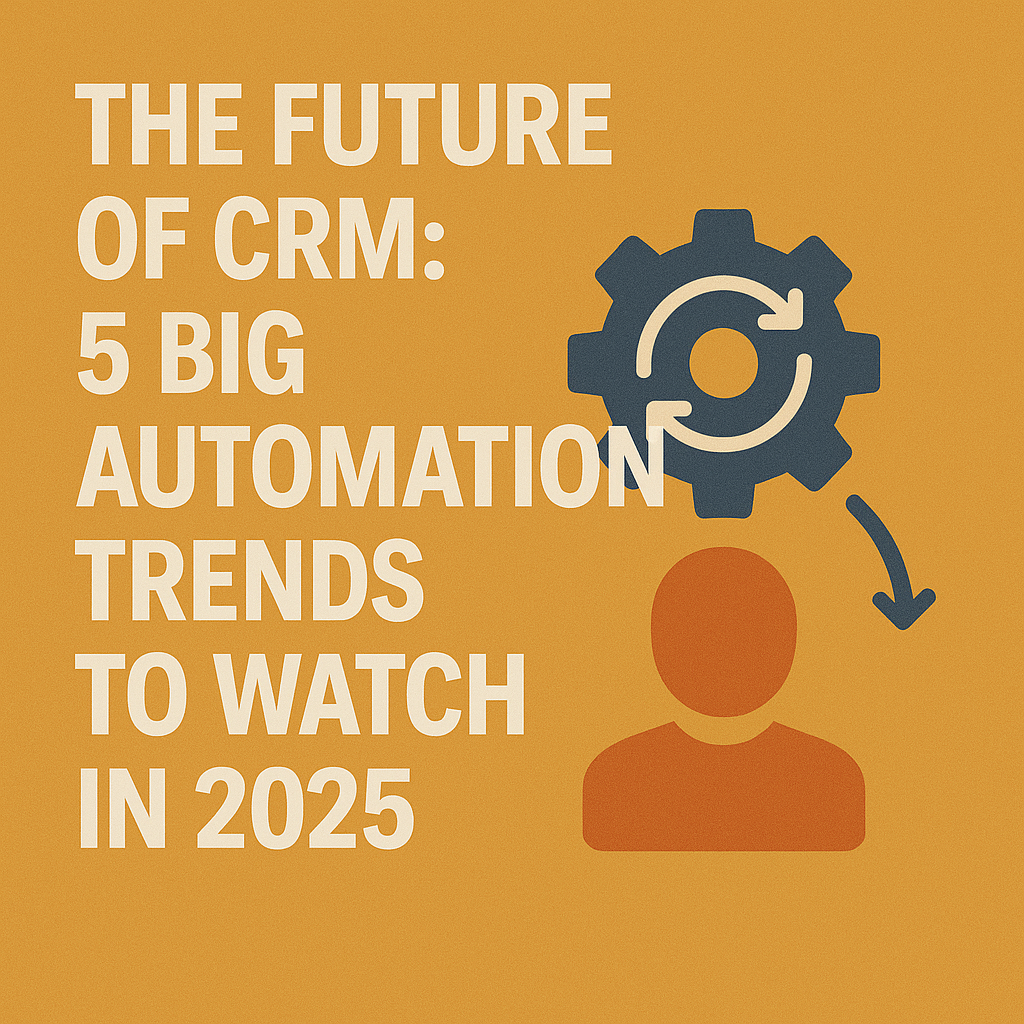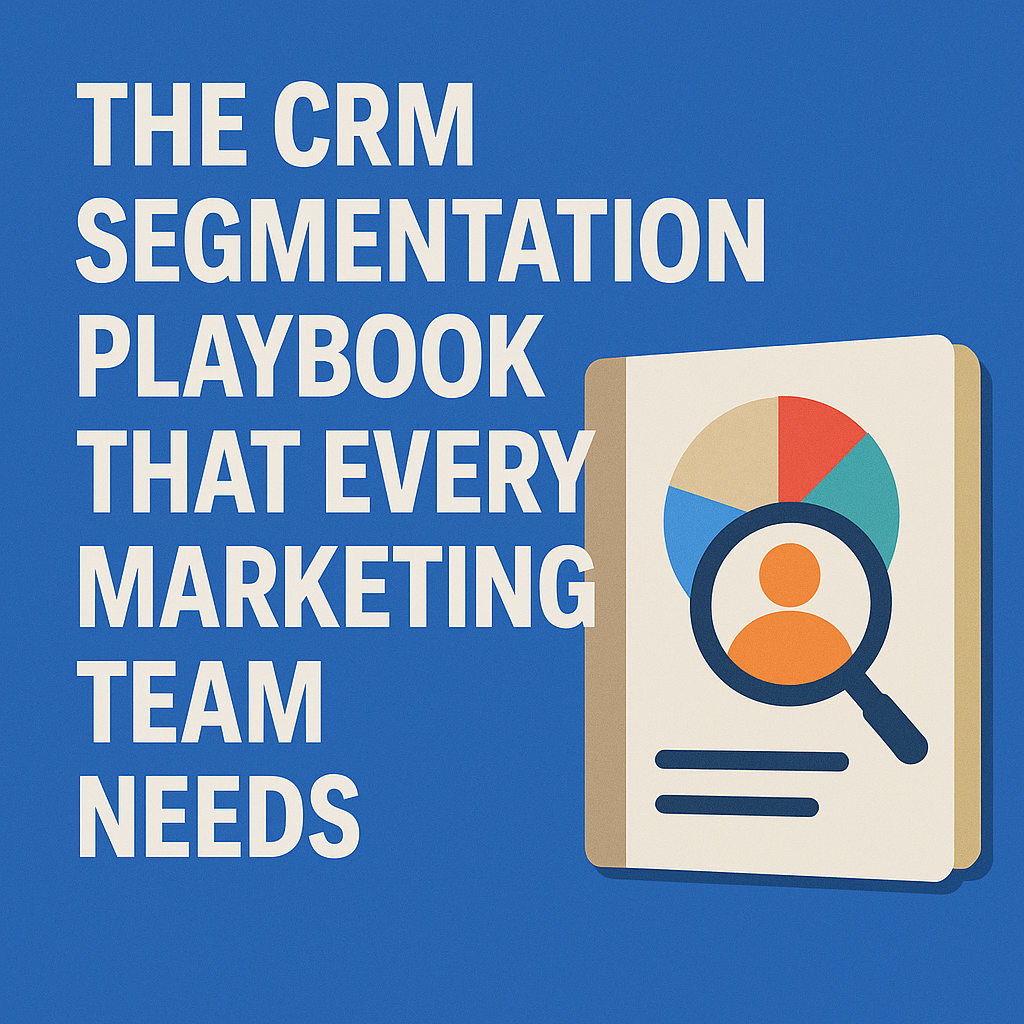It's not the idea that fails; it's how you carry it out.
Your campaign idea is fantastic. You’re doing it through email, advertisements, social media, webinars, and maybe even text messages.
But it doesn’t seem smooth and linked; it’s a chaos. The emails don’t match the adverts. The posts on social media are not on message. Teams are in a hurry. And no one knows what worked.
Does this sound familiar?
You’re not the only one. This happens to even the biggest teams with the best equipment. Why? It’s not about trying hard; it’s about getting things in line.
Let’s look at why omnichannel campaigns don’t work and how MKNG360 can assist your team address it quickly.
What is omnichannel and what isn’t it?
Many teams mix up multichannel with omnichannel.
If you’re on a lot of platforms, including email, social media, and paid advertisements, you’re multichannel. Omnichannel implies that the different platforms communicate to each other, so the message feels the same no matter where your consumer is.
Google says that 73% of customers utilise more than one channel to make a purchase.
So, if your systems and data aren’t linked, you’re not giving them a smart experience; you’re giving them a broken one.
Let’s go over the five main reasons why omnichannel doesn’t work and how MKNG360 addresses each one.
5 Reasons Why Omnichannel Campaigns Fail (And How MKNG360 Fixes Them)
1. Your data is scattered throughout
One gadget has email. Ads in a different way. Sales employs a distinct customer relationship management system. Your consumer information is all over the place.
Customers are confused and angry when their experience is broken up and uneven.
How MKNG360 Can Fix This: All clicks, openings, ad views, and purchases are stored in one contract profile. No more being confused. No more space.
2. Messages Don’t Match Up (or Start at the Wrong Time)
Various teams work at various times. Email goes out before the design is finished. Social promotes something else entirely.
The end result: clients who don’t understand or missed opportunities.
✅ MKNG360 Fix: Use the calendar planner to line up all the channels so that everyone can view the schedule. Every communication has one clear objective.
3. No Automation Between Channels
It’s slow to pass things from one tool to another by hand, and it’s easy to forget.
The end outcome is that leads become lost. Journeys end before they ever begin.
✅ MKNG360 Fix: Set up automatic workflows for advertisements, email, and SMS. Triggers happen when customers do something actual. No one has to push a button.
4. You can’t see what’s working.
Each platform makes its own reports. But they don’t give the complete tale.
The end effect is that you don’t know what element of your campaign really worked.
✅ MKNG360 Can Fix This:
Want to see the whole thing? You can see every click, open, and sale on one dashboard, so you always know what’s working and what’s not.
5. Too Many People, No Clear Owner
One group writes the material. Someone else makes the timetable. A third group puts up advertising. No one knows who is in control.
The end effect is that things move more slowly, wires get crossed, and essential things fall through the gaps.
✅ MKNG360 Fix: Make sure everyone knows what their job is in the campaign. This way, no one will be confused and everyone will work together seamlessly.
What Omnichannel Success Really Looks Like
It seems easy when it works:
✅ All of your tools talk to one another
✅ Messages are timely and in sync
✔ Each activity is logged and tailored to you
You can view the complete trip from beginning to end.
And no, you don’t need a bigger crew or more money. You just need to work together better.
📈 The Real Story of How One SaaS Team Finally Got It Together with MKNG360
There was a SaaS firm that was doing all the proper things, including sending emails, hosting webinars, and running sponsored advertisements, but nothing was actually working together. It was clear that each team was doing its own thing.
After they converted to MKNG360, several things changed:
Open rates went up 18% since the targeting was better.
Every team started their campaigns on schedule.
They eventually used attribution techniques to connect ad spending to the pipeline.
They didn’t need any more tools. A single CRM and calendar.
🧰 Three Easy Steps to Fix Your Omnichannel Marketing
Step 1: Link Everything to One CRM
Stop utilising five different tools. MKNG360 lets you keep track of all your interactions, from email clicks to SMS answers, in one place.
Step 2: Make a plan and put it all on one calendar.
MKNG360 can help you build a timetable for your campaign. Before the launch, make sure everyone knows who is responsible, what the dates are, and that everyone is on the same page.
Step 3: Make automation smarter
Use CRM to start multi-step journeys. Good idea. No mix-up. No need to follow up by hand. It just works.
🧘 In the end, omnichannel needs coordination, not more complexity.
Bad ideas don’t usually lead campaigns to fail.
They fail because the tools, teams, and deadlines aren’t integrated.
MKNG360 brings everything together, so you can finally launch smarter, keep better track of things, and expand quicker.
Set up your demo for today.
Quick FAQ
What's the difference between multichannel and omnichannel?
If you’re multichannel, it indicates you’re active on more than one platform. Omnichannel implies they are all connected and share the same message and data system.
Is it possible for MKNG360 to work with HubSpot or Salesforce?
Yes! MKNG360 includes built-in APIs and connectors that let it connect to most email tools, CRMs, and ad platforms.
How long does it take to set up?
Most teams are completely operational in about 2 to 4 weeks, with access to calendars, automation, and comprehensive dashboards.





